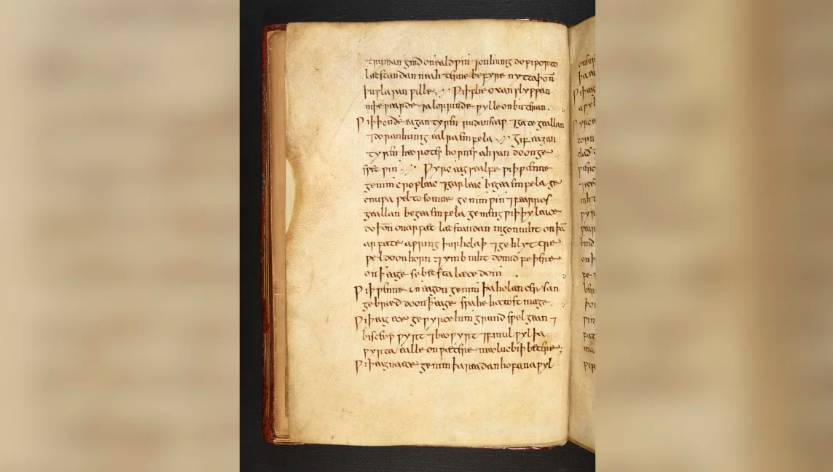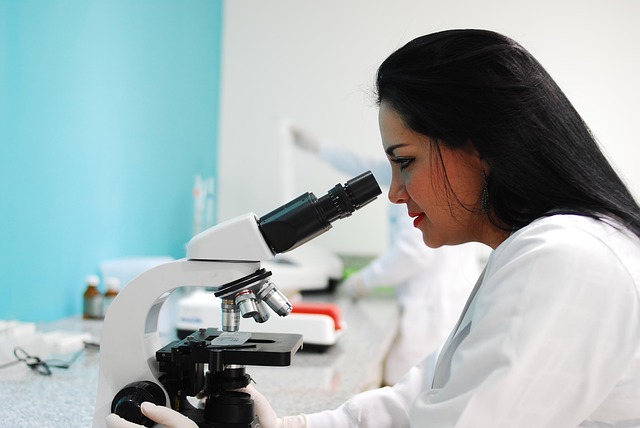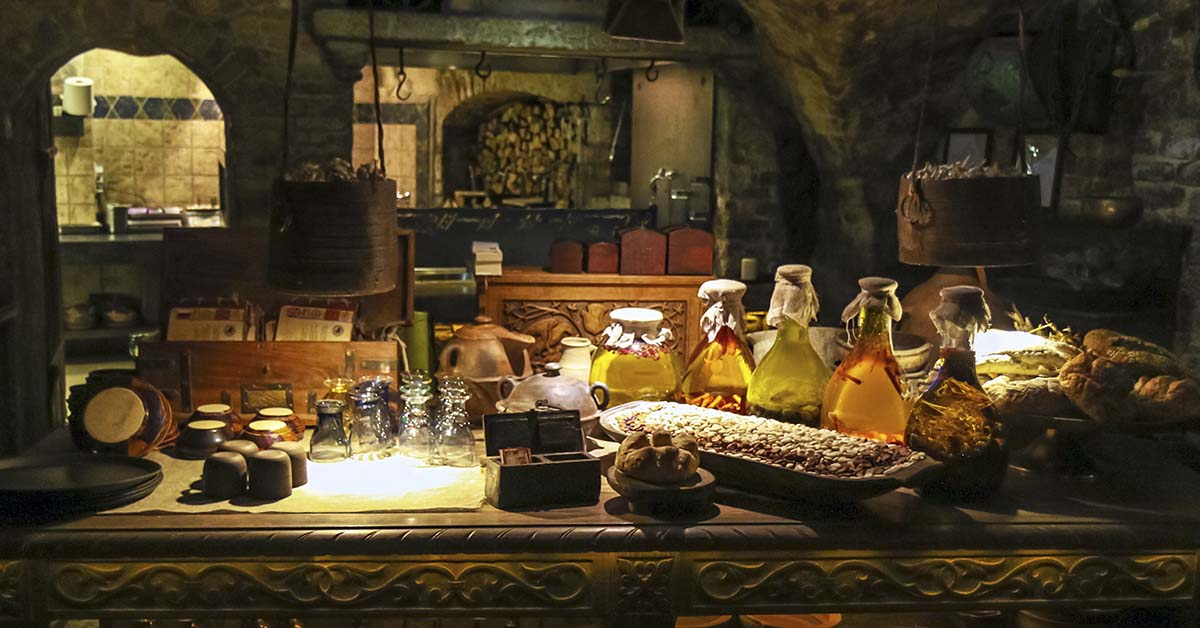Many old scripts are filled with medical concoctions claiming to heal a range of illnesses and diseases. But how many of these had any medical value, and how many were simply old wives’ tales? In our modern era, we are lucky to have access to effective treatments that combat everything from headaches to viruses. We also have access to life-saving medications such as antibiotics. However, there is something called antibiotic resistance, where the bacteria eventually evolve to survive the antibiotics we use to fight them. Could an old medieval remedy, known as Bald’s eyesalve, offer a solution to antibiotic resistance? Let’s find out more about this medieval medicine.
What Is The Medieval Remedy?

Drug resistance presents us with a serious challenge and is anticipated to result in 10 million deaths annually by the year 2050. It’s therefore no surprise that scientists are currently looking everywhere they can for potential alternatives to existing antibiotic treatments. Researchers from the United Kingdom believe they may have found such an alternative in the most unlikely of places – a medieval remedy found in an old manuscript. This medieval medicine is said to be a salve made from garlic, onion, bule salts, and wine.
It has been shown to possess antibacterial properties, with the ability to treat diabetic foot and leg infections. This medication is known as Bald’s eye salve and can fight against communities of antibiotic-resistant bacteria called biofilm infections. According to a study, these types of infections cost the United Kingdom more than one billion pounds annually. This medieval remedy was first studied in 2015, where researchers showed that it could potentially help fight against superbugs. This latest study has revealed even more about how the medieval medication works and how it could potentially be used.
Read More: Healing Leaves: 10 Leaves With Powerful Medicinal Value
Developing the Medieval Medicine Into Something Useful

According to the study’s author, microbiologist at the School of Life Sciences at the University of Warwick in the UK, Freya Harrison, “This is the real detailed hard slog of finding out more information and seeing if it really could be developed into something clinically useful.” She went on to say, “We think it has particular promise for treating diabetic foot infections. They are the ultimate, super-resistant biofilm infection. They are a huge health and economic burden. They really can become untreatable.”
The issue is that there is a considerable risk that these types of foot ulcers are totally antibiotic-resistant. Bald’s eyesalve was among the recipes for various medieval medications and treatments compiled in Bald’s Leechbook, one of the earliest known medical texts. According to Harrison, every ingredient in the salve has some level of antibacterial activity when tested in the lab. So it makes sense that they were combined together. Based on the salves’ description in the book, it was also clearly meant to be used to address bacterial infections.
The Project Emerged By Chance

Harrison is not only a microbiologist, but also has a passion for medieval history, which led her to find out about this particular book. She decided to learn more about its contents and teamed up with a specialist in Old English, Christina Lee. According to Harrison, “To be honest, we didn’t go into this thinking that five years down the line this would be something we would have translational funding for. We thought it would simply be an interesting piece of microbiology.”
Looking for medical answers in old books is not as strange as it first may seem, though. In fact, many people have made some fascinating discoveries by combing through the writings of those who came centuries before. For example, a researcher from China, Tu Youyou, examined ancient Chinese texts. This led her to discover Artemisinin, a drug derived from the wormwood plant that is used to treat malaria. Amazingly, a similar wormwood-based malaria remedy was also found in Bald’s Leechbook. This makes one wonder how many other potentially beneficial remedies lie between the covers of a book that was previously largely dismissed!
Read More: 6 Ancient Skincare Secrets That Are Still Useful Today

